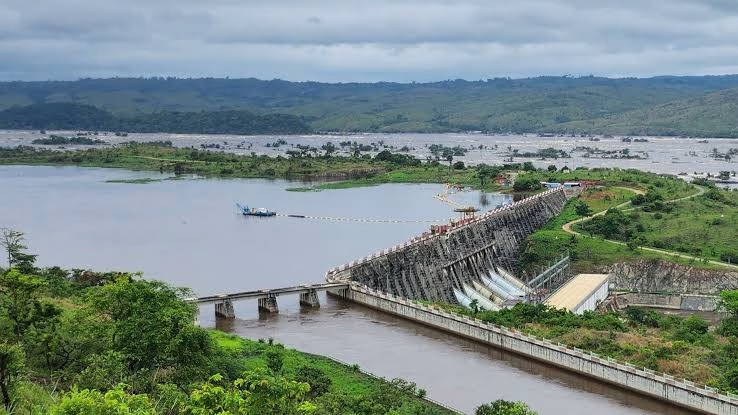The 42,000 Mw Grand Inga Hydro Power project is a project that has the potential to power the whole of Africa and claim the title of the largest hydro power dam in the world. That is if it is ever built.
It was first mooted in the 1970s and Inga 1 dam and thereafter in 1982 Inga 2 were actually built but thereafter no further construction has taken place despite numerous feasibility studies.
Key points that hinder the projects development have been civil instability and the lack of power transmission lines to export the electricity to customers on the continent. The complex geopolitical situation in the region has also discouraged investors because policy decisions and agreements are inconsistent at best.
Investment in large Hydro projects in recent years has faced significant opposition from civil society groups who oppose dams for their negative environmental impact. In addition to this, the emergence of cheaper wind and solar power projects has meant that the need to invest in a hydroelectic dam at a price tag of US$80B has been called to question.
Most recent reports have been encouraging chief amongst this being news that the World Bank has pledged $1 billion to help the Democratic Republic of Congo get ready for the next stage of what could become the biggest hydropower project in the world, the Grand Inga Hydropower Project.
Out of this amount, $250 million will go to the Inga III project, which is part of the larger Grand Inga hydropower plan. This project builds on earlier plants — Inga I (built in 1972, producing 351 megawatts) and Inga II (built about 10 years later, producing 1,424 megawatts).
Project Factsheet
Location: Inga Falls on the Congo River, Democratic Republic of Congo (DRC), approximately 150 km upstream from the Atlantic Ocean.
Total potential capacity: Over 42,000 MW (some sources state up to 70 GW), which would be more than double the capacity of China’s Three Gorges Dam
Phases:
- Inga 1 & Inga 2: Existing dams, commissioned in 1972 and 1982 respectively, currently undergoing rehabilitation.
- Inga 3: The first and most critical phase of the Grand Inga project.
Proposed capacity: Originally 4,800 MW, later scaled up to 11,000 MW.
Estimated cost (Inga 3): Around US$13.9 billion (including transmission lines).
Power distribution (Inga 3):
- South Africa: 2,500 MW (initially 5,000 MW expressed interest)
- Nigeria: 3,000 MW (expressed interest)
- DRC Mining Companies: 1,300 MW
- DRC National Utility (SNEL) for Kinshasa and other cities: 1,000 MW
Estimated overall cost:
- Grand Inga Complex: Up to US$80 billion (including extensive transmission lines across Africa). Some estimates go up to US$100 billion.
The Inga projects are located on the Congo River, which is the third-largest river in the world by water volume. If fully developed, the Inga site could produce about 40,000 megawatts of electricity. That’s nearly double the capacity of China’s Three Gorges Dam, which is currently the world’s largest hydropower plant with a capacity of 22,500 megawatts.
However, work on the Inga projects has been delayed for years due to problems like conflict, corruption, and high costs.
Inga III is part of the World Bank’s “Mission 300” program. This program aims to bring electricity to 300 million people in Africa by 2030. The bank’s president, Ajay Banga, says this larger plan could bring in up to $85 billion from private investors.
Inga III Project
When completed, Inga III is expected to cost $10 billion and produce 11,000 megawatts of electricity — more than three times the amount Congo currently produces.
The first $250 million will be used for technical studies, boosting the economy, improving the government-run power company, and attracting private companies to join the project.
Congo’s government also wants to triple the number of people with access to electricity by 2030. At the moment, only about 20% of its over 100 million citizens have power. In January, the country shared a $36 billion plan to grow its electricity sector during a Mission 300 event held in Dar es Salaam.
Also read: Zambia and Zimbabwe Seek Investors to Revive the $5 Billion Batoka Gorge Hydropower Project

